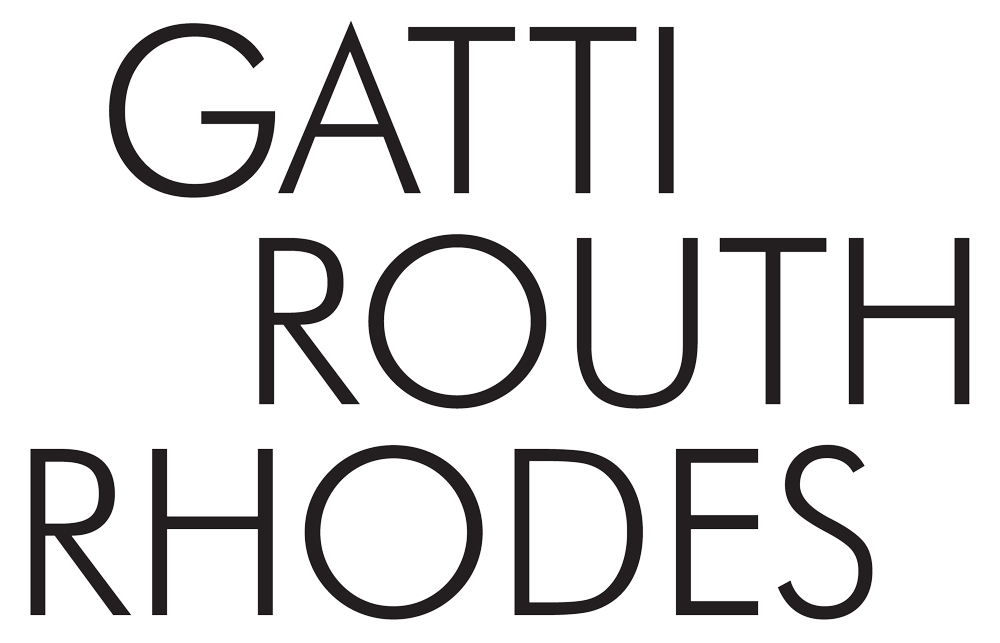50 Wonders: Stefanie Rhodes - Le Havre
Read Stefanie’s original article on Building Design.
Wonder: Le Havre, France
Architect: Auguste Perret
Nominator: Stefanie Rhodes of Gatti Routh Rhodes
In 2014 I visited Le Havre on a grey Easter weekend. Having not slept much on the overnight ferry I stood on deck as we entered the harbour early in the morning. I was greeted by two 13-storey buildings with strange balconies running every third level that looked over the waterside like medieval towers. They rose from a background of carefully laid out buildings, flanking the harbour and beckoning the visitor to enter Le Havre.
Between 1945 and 1964 Perret’s studio headed the large-scale reconstruction of Le Havre, which had been destroyed in WW2. He developed a design language based on a new modular concrete construction system with prefabricated infill slabs which proved extremely efficient and economic.
His aim was to house people quickly and well, and to provide spaces for a rich urban and civic life: shops, a town hall, worship spaces, offices and theatres. Each building is different and beautifully composed, yet the cityscape is coherent and of a human scale. The Hotel de Ville and St Joseph’s, a monumental concrete church perforated by stained glass, structure the urban grid.
Perret believed that the “architect who, without betraying the constraints of a modern building programme, nor the use of modern materials, creates a work that will always seem to have existed, that is, in a word, ‘banal’, is entitled to feel content”. (Quote via architectural historian Karla Britton.) However the work of Perret in Le Havre goes beyond the creation of timeless and beautiful “background” architecture on an astonishing scale.
Perret and his studio achieved something extraordinarily remarkable addressing one of the most urgent issues of their time: the reconstruction of war-ravaged cities. There are lessons the profession could learn from Le Havre in our own context of the growing climate emergency.
